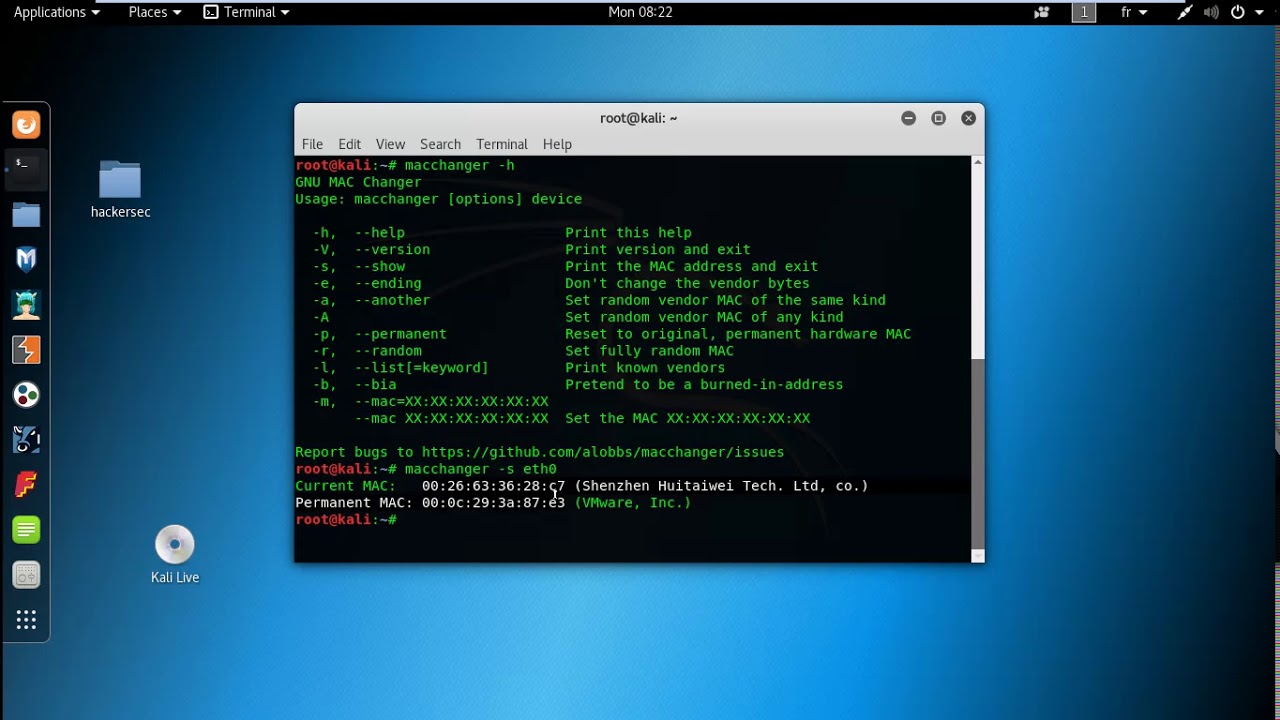
You can change settings by right clicking on “show applications” button (rightmost menu button), and selecting “Dash to dock settings”.You are very likely using the "correct" method to change the MAC address, if you are doing this in the advanced network settings in VirtualBox.

Your native dock will be automatically replaced with dash-to-dock. Just go to this link and click on toggle button to install it. By now you are familar with GNOME Extensions. I like Dash to Dock and I am going to use it here.ĭash to Dock is a GNOME extension. There are various docks available for Linux. Without macOS like dock, your Ubuntu will not look like macOS. This is what this icon looks like: McMojave Circle Icons Look Step 3: Add macOS like dock See this article on installing icon themes in Ubuntu. For that extarct the download folder and copy it to.

Here you may also find various different versions of same icons. Just like the theme, you can download it from “download” dropdown button from right side. I shall be using “ McMojave-circle” in this article, feel free to use any icons you like. Here are some macOS themes I think you should take a look at: Don’t worry if you see “Pling” written on the Gnome-look website, they both are from same providers. You can go to Gnome-look site, and look for themes for GTK3. There are plenty of themes which are macOS like. Since the focus is on making GNOME look like macOS, you should choose a macOS like theme. Step 1: Install a macOS inspired GTK theme I’ll briefly touch on this subject, though. I also expect you to have some knowledge about installing themes in Ubuntu. You’ll also need to enable GNOME Extensions for changing GNOME Shell and adding planks.Īfter you enable GNOME Extension, you need to install “user themes” extension from Gnome extensions or just go to this link and click on the switch to turn it on.

You’ll need it to change the themes and icons. Please make sure to install GNOME Tweaks tool.

Prerequisites: GNOME Tweaks and GNOME Extensions But you have to make sure to follow the steps using your DE’s tools. To be honest, even if you are using some other desktop environment, you can still take some hints about what changes to do. Please make sure to check your desktop environment. Although this article suggests it’s for Ubuntu, you can follow it for other distributions with GNOME desktop with little or no changes.


 0 kommentar(er)
0 kommentar(er)
